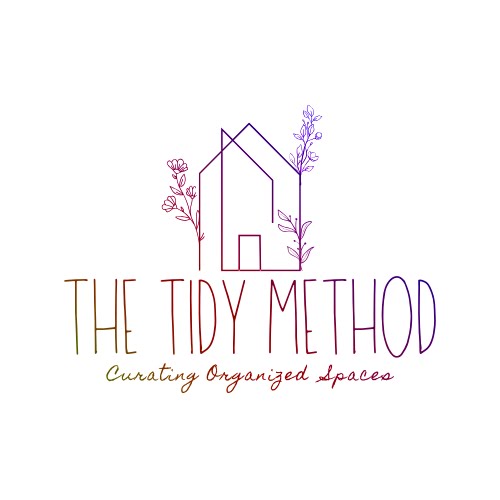In the modern workplace, we’re constantly searching for ways to boost efficiency and performance. While we invest in new software and time-management techniques, one of the most powerful productivity tools might be right in front of you: an organized desk. Far from being a simple matter of aesthetics, your workspace design directly influences your focus, decision-making, and overall output.
The Science of Workplace Focus
A cluttered workspace doesn’t just look messy; it forces your brain to work overtime. Researchers from the Princeton University Neuroscience Institute found that when your visual field is filled with multiple, disorganized objects, those objects compete for neural representation. In simple terms, the clutter on your desk is actively fighting for your brain’s attention, making it much harder to concentrate on a single task (McMains & Kastner, 2011). Every out-of-place paper, extra coffee mug, and tangled cord is a micro-distraction that drains your cognitive resources, leading to mental fatigue and a decrease in performance.
How Your Desk Shapes Your Decisions
Beyond focus, the state of your environment can subconsciously prime your behavior. A fascinating series of studies published in Psychological Science discovered that working in a clean and organized room encouraged people to make better choices. Participants in a tidy space were more likely to choose a healthy snack (an apple over a chocolate bar) and were more generous in a charity donation scenario (Vohs et al., 2013). This suggests that an orderly environment activates a mindset geared toward convention and making the “right” choice—a valuable trait for detail-oriented and analytical tasks.
Interestingly, the same study found that a disorderly environment seemed to stimulate more creative thinking, as participants in a messy room generated more innovative ideas. This doesn’t mean you should trash your office for brainstorming. Rather, it highlights the importance of tailoring your environment to your task. For focused, high-stakes work, a clean space is non-negotiable.
Creating Your Productive Space
Ready to leverage your environment for success? Start with these simple steps:
- Clear your surfaces: Keep only the essential items for your current task within arm’s reach.
- Give everything a home: Use drawer organizers, folders, and labeled bins to store other items.
- Implement a “daily reset”: Spend the last five minutes of your workday tidying your desk. This ensures you start the next day with a clean slate, ready to focus and be productive.
An organized workspace isn’t about rigid perfection. It’s a strategic tool for minimizing distractions, improving decision-making, and freeing up your mental energy to do your best work.
References
- McMains, S., & Kastner, S. (2011). Interactions of Top-Down and Bottom-Up Mechanisms in Human Visual Cortex. Journal of Neuroscience, 31(2), 587–597.
- Vohs, K. D., Redden, J. P., & Rahinel, R. (2013). Physical Order Produces Healthy Choices, Generosity, and Conventionality, Whereas Disorder Produces Creativity. Psychological Science, 24(9), 1860–1867.
